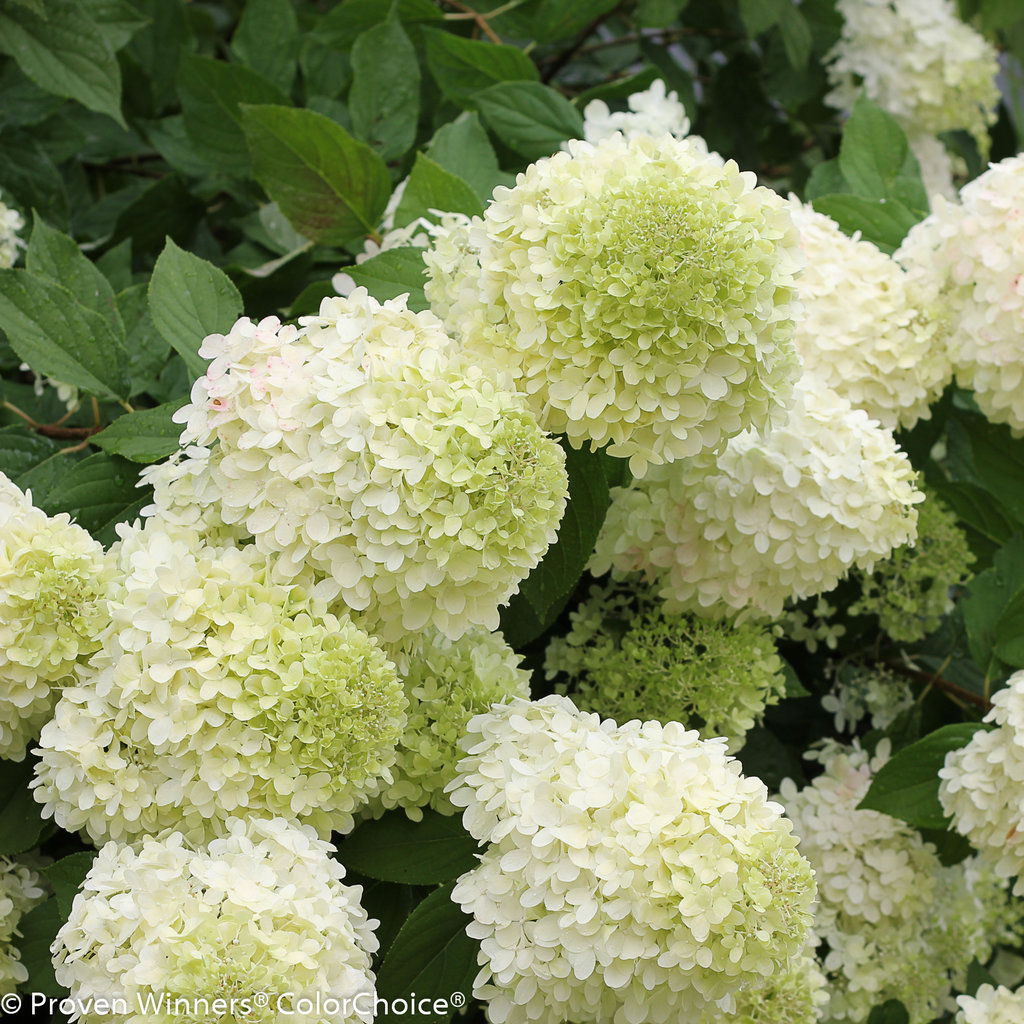How To Grow Limelight Hydrangeas From Seed
How to Grow Limelight Hydrangeas from Seed
Limelight hydrangeas are a popular choice for gardeners because of their large, cone-shaped flowers that bloom in shades of white, pink, or blue. They are relatively easy to grow from seed, but it can take a few years for them to reach their full size and bloom.
Here are the steps on how to grow limelight hydrangeas from seed:
- Collect the seeds. The best time to collect limelight hydrangea seeds is in the fall, after the flowers have died. To collect the seeds, wait until the flower head has turned brown and dry. Then, gently shake the flower head over a piece of paper or a newspaper. The seeds will fall out, and you can collect them.
- Stratify the seeds. Stratification is a process that helps to break down the seed coat and prepare the seeds for germination. To stratify limelight hydrangea seeds, you can either sow them directly outdoors in the fall or store them in a cool, dark place for 3-4 months before sowing them. If you are storing the seeds, place them in a sealed container with some moist peat moss or sand.
- Sow the seeds. Once the seeds have been stratified, you can sow them indoors in a seed tray or pot filled with a well-draining potting mix. Sow the seeds on the surface of the soil and do not cover them. Light is necessary for germination.
- Water the seeds and keep the soil moist. Place the seed tray or pot in a warm location, such as a sunny windowsill. Water the seeds regularly, but do not overwater. The soil should be kept moist, but not soggy.
- Germination. Limelight hydrangea seeds typically germinate in 2-4 weeks. Once the seedlings have emerged, thin them so that they are about 2 inches apart.
- Transplant the seedlings. Once the seedlings are a few inches tall, you can transplant them into individual pots or directly into the garden. If you are transplanting them into the garden, choose a location in full sun or partial shade. Amend the soil with some compost or manure before planting.
- Water the seedlings regularly. Once the seedlings have been transplanted, water them regularly, especially during hot, dry weather.
- Fertilize the seedlings. Fertilize the seedlings every few weeks with a balanced fertilizer.
- Prune the seedlings. In the spring, after the seedlings have finished blooming, you can prune them back to encourage new growth.
- Enjoy your new limelight hydrangeas! With a little care and patience, your limelight hydrangeas will bloom for many years to come.
If you're looking for a stunning and hardy hydrangea to add to your garden, then look no further than the limelight hydrangea. With its large, cone-shaped blooms that start out lime green and mature to white or pink, the limelight hydrangea is sure to be a showstopper. And because it's hardy to USDA zones 3-9, you can enjoy it in gardens across the country.
If you're interested in growing limelight hydrangeas from seed, I recommend visiting . This website has a wide selection of limelight hydrangea seeds, as well as detailed instructions on how to grow them. You can also find helpful articles and videos on the website that will answer any questions you may have about growing limelight hydrangeas.
So what are you waiting for? Visit today and start growing your own limelight hydrangeas!
FAQ of limelight hydrangea seeds
- How do I grow limelight hydrangea seeds?
Limelight hydrangea seeds are relatively easy to grow, but it is important to follow the right steps. First, sow the seeds in a well-draining potting mix in the spring. Keep the soil moist but not soggy, and place the pot in a warm spot with indirect sunlight. Germination usually takes about 2-4 weeks. Once the seedlings have sprouted, you can transplant them into the garden once they are large enough.
- What is the best time to plant limelight hydrangea seeds?
The best time to plant limelight hydrangea seeds is in the spring, when the weather has warmed up and the soil is no longer cold. However, you can also plant them in the fall, as long as the ground does not freeze before the seeds have a chance to germinate.
- How much sunlight do limelight hydrangea seeds need?
Limelight hydrangea seeds need full sun to partial shade. Too much shade will prevent the seeds from germinating, and too much sun can scorch the young seedlings.
- How much water do limelight hydrangea seeds need?
Limelight hydrangea seeds need to be kept moist but not soggy. Water them regularly, but be careful not to overwater them.
- How long does it take limelight hydrangea seeds to bloom?
Limelight hydrangea seeds will typically bloom in their second or third year. However, some plants may take longer to bloom.
Image of limelight hydrangea seeds
- Image 1: A close-up of a group of limelight hydrangea seeds. The seeds are small and brown, with a slightly pointed tip.

- Image 2: A cluster of limelight hydrangea seeds on a plant. The seeds are attached to a small, dry pod.

- Image 3: A handful of limelight hydrangea seeds. The seeds are spread out on a white surface.

- Image 4: A macro shot of a single limelight hydrangea seed. The seed is perfectly round and smooth, with a slightly glossy finish.

- Image 5: A row of limelight hydrangea seeds planted in a pot. The seeds are just starting to germinate, and tiny green shoots are beginning to emerge.

Post a Comment for "How To Grow Limelight Hydrangeas From Seed"